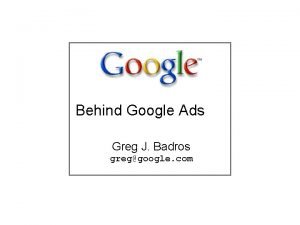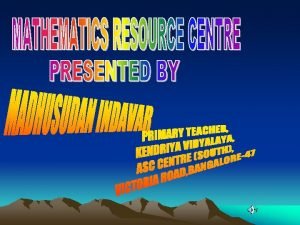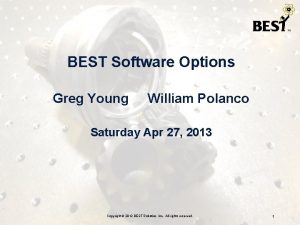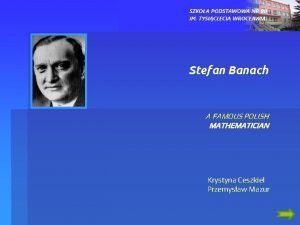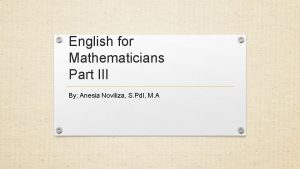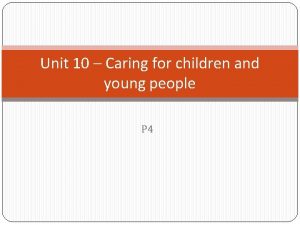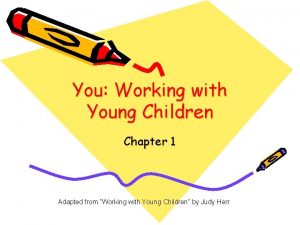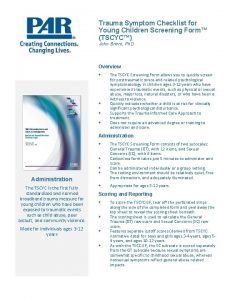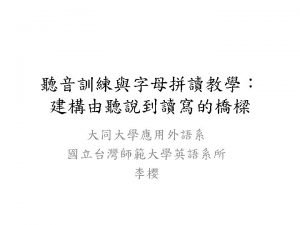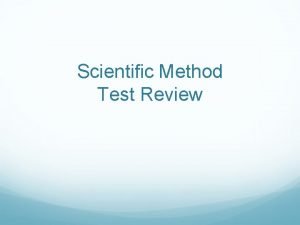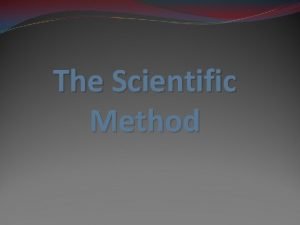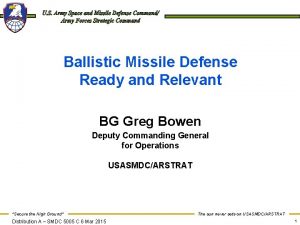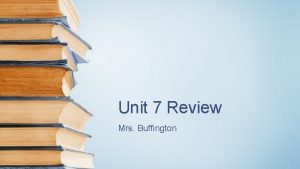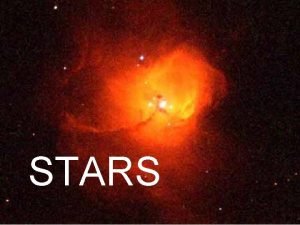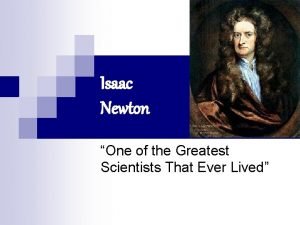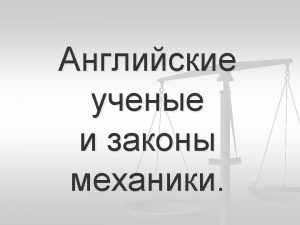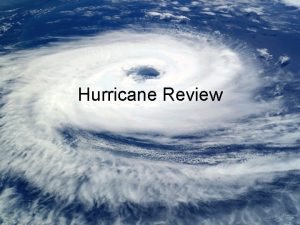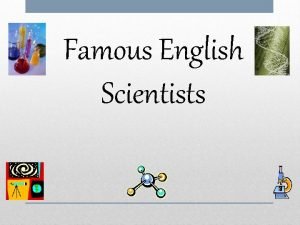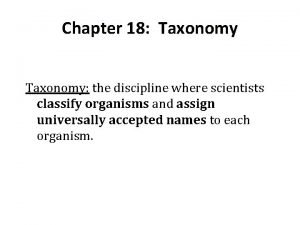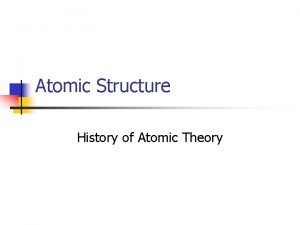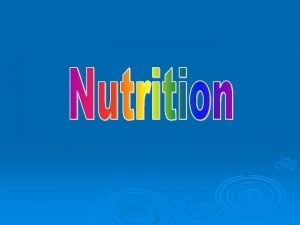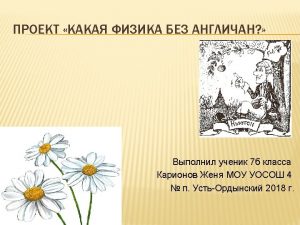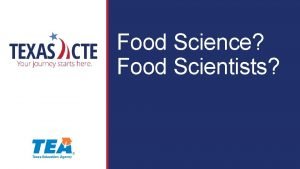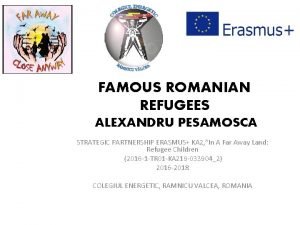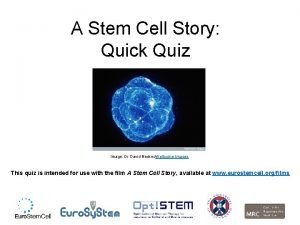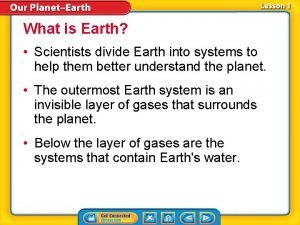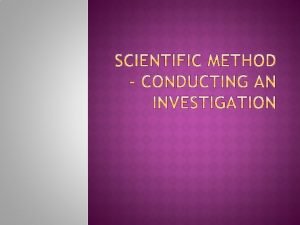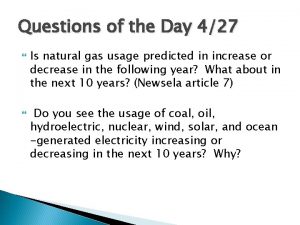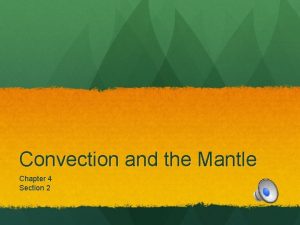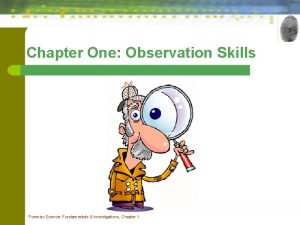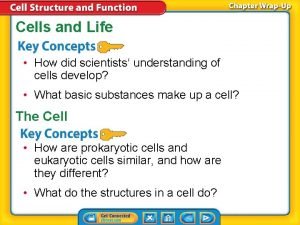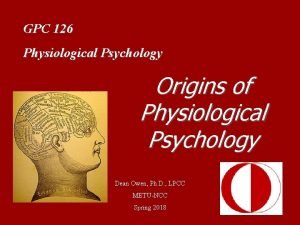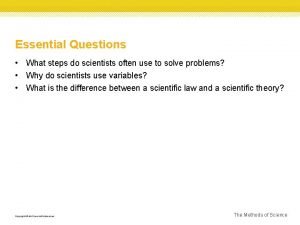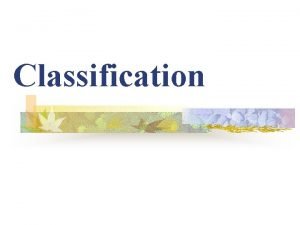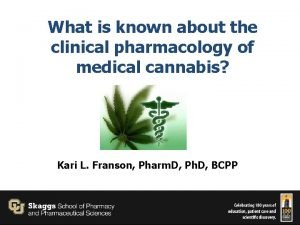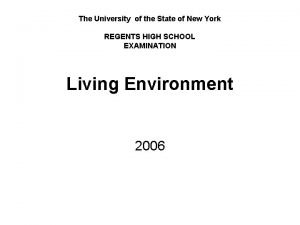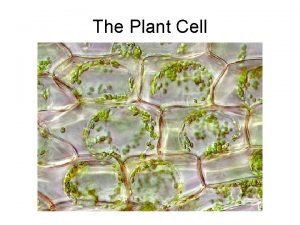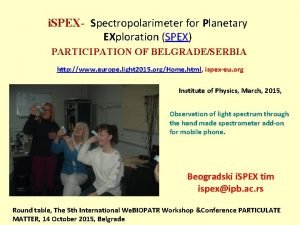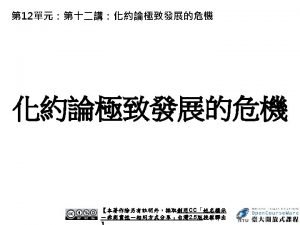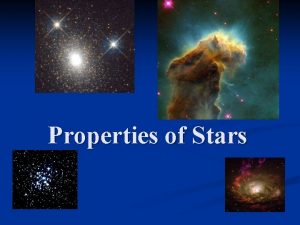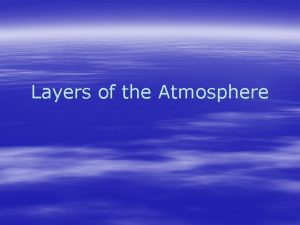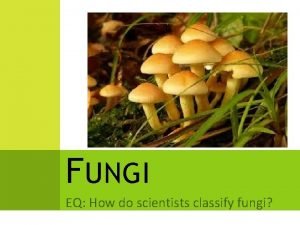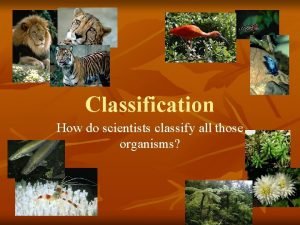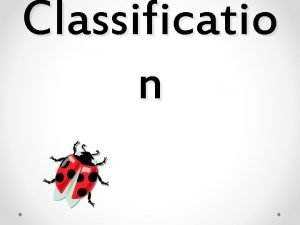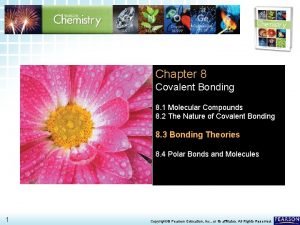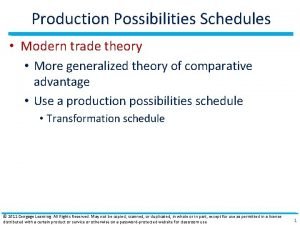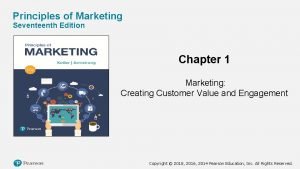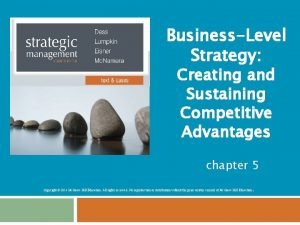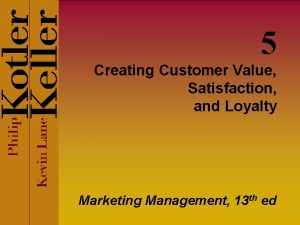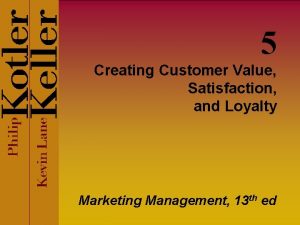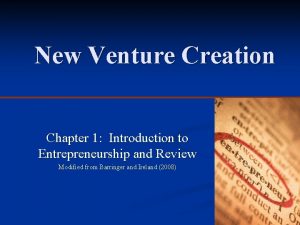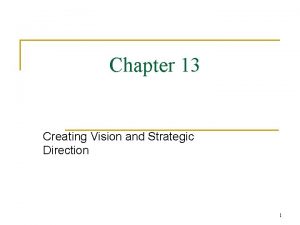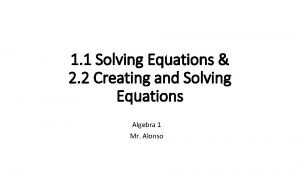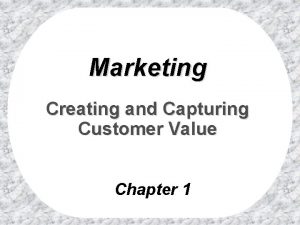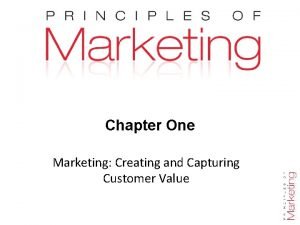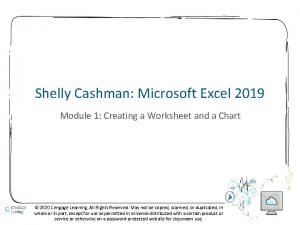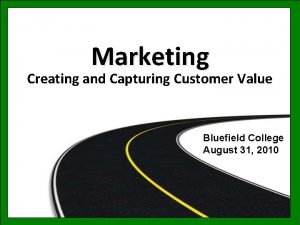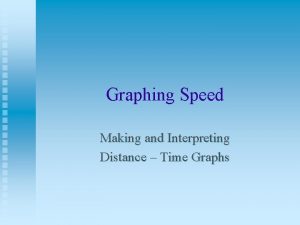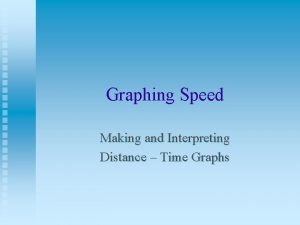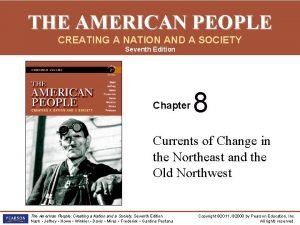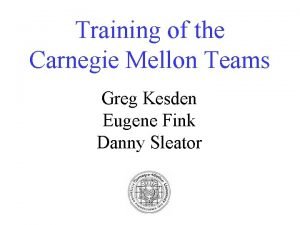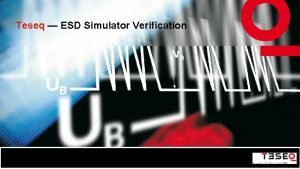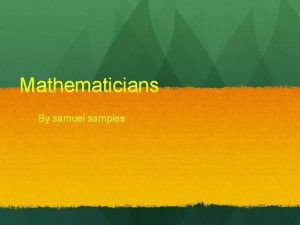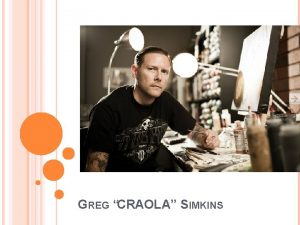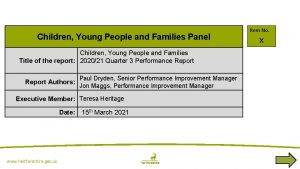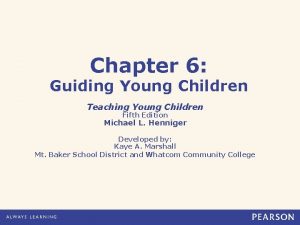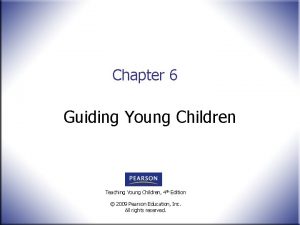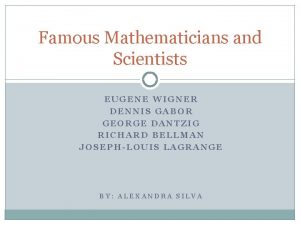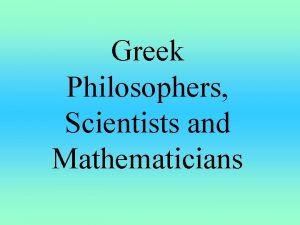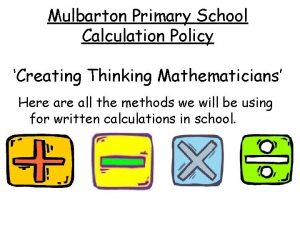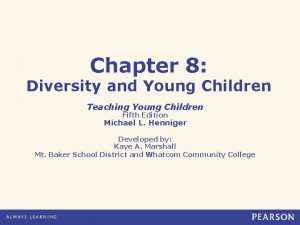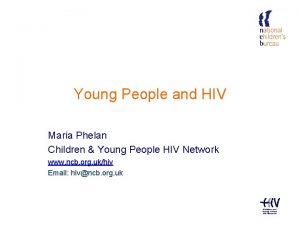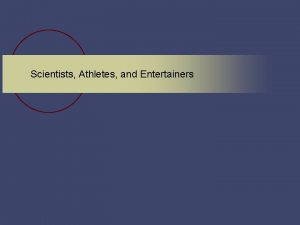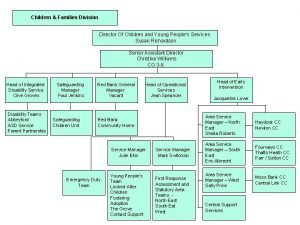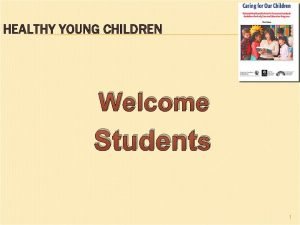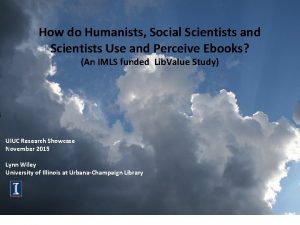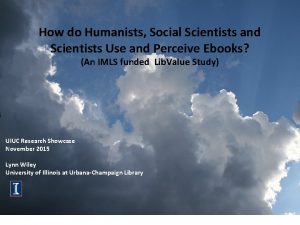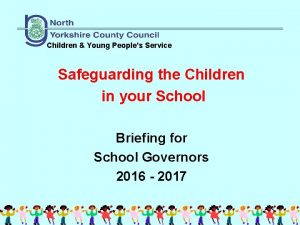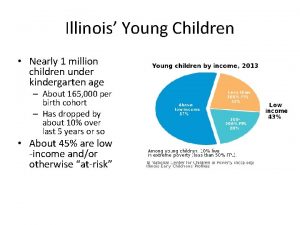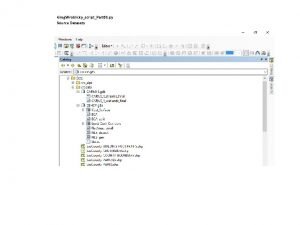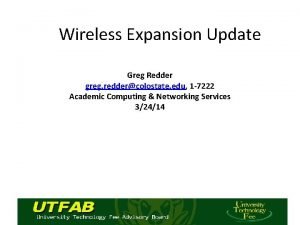Creating Mathematicians and Scientists within Young Children Greg








































































- Slides: 72

Creating Mathematicians and Scientists within Young Children Greg Gierhart Murray State University-College of Education Dr. Nancy Lovett Regional Training Center-Calloway

Should Preschoolers Learn Mathematics? • Born with capabilities to solve simple numerical quantities • Possess ideas in number and geometry • Low income and minority have narrowed experiences and experience math difficulties later in life. • Brain development within the first year is significant • Brain is naturally geared to be a powerful pattern seeker • Preschoolers are intrigued to investigate shapes, measurement, the meaning of number, and how numbers work

Math and the Young Child MATH IS MORE THAN ROTE COUNTING Naturally Interested in Mathematics It’s visible in their play and work Teacher/Parents provide words, math experiences and resources • Explore math to scaffold understanding, Investigate size, quality, categorization, patterns, space, speed and sequence • Remember—CHILDREN VARY IN THEIR THINKING • •

Standards • NCTM Principles and Standards • NCTM Curriculum Focal Points • Kentucky Early Childhood Standards and Benchmarks

NCTM Documents Learning and Teaching Mathematics Content Strands • Number • Geometry and Spatial relations • Measurement • Patterns/Algebra • Analyzing data Process Strands • • • Reasoning Proof Communication Connections Representations Principles • Equity • Curriculum • Teaching • Learning • Assessment • Technology

Preschool Teacher’s Role • Interpret what student is thinking and doing • Assess the concepts student is learning • Link concepts to the students’ experiences. Note: young children do not see the world as separate subjects—they try to link everything together—our brains do this.

Is Play and Work Important? Every person has a developmental need to experience creativity and self-expression People skilled at play have more power, influence, and capacity to create meaningful lives-builds problem-solving, persistence, and collaboration Play allows a conduit to new experiences, content, and meaning Play is integral to curriculum, to allow for engaging for hands-on problem solving and inspiring projects Through play, we learn to accept differences of opinion and how to resolve conflict

Role Play and Model Are Important

Research Alert Preschoolers with social and emotional problems will need to have those problems addressed before they can successfully develop their mathematical skills. – (David Sousa, How the Brain Learns Mathematics, 2008).

Learning Mathematics Continuum

Promoting Good Beginnings for Mathematics • Effective classroom approaches • Inclusion and equitable experiences for all students • Academically prepared teachers with knowledge, skills, and dispositions • Problem solving approach that uses language and communication • Using technology • Lifelong learners

NCTM Stand on Students Learning Mathematics • Every child is the most compelling goal! • All children (no matter race, gender, ability) should have access to Math experiences • Provide math experiences for children to be successful mathematicians • Promoting live long learners

MOVE SING and READ • Activating the vestibular system---brain is being told to wake up • Songs are “hooks to hang a memory on” • Read read until you think your lips are going to fall off, and then read more

NCTM Stand on Students Learning Mathematics • Every child is the most compelling goal! • All children (no matter race, gender, ability) should have access to Math experiences • Provide math experiences for children to be successful mathematicians • Promoting live long learners

General Guidelines for Preschool Teacher to Teach Mathematics • Environment must have opportunity to explore mathematics • Recognize if math is developing or stalled in children • Plan activities that rely on mathematics (and literacy) development. • Use strategies that are meaningful and purposeful and within context • Allow students to be active participant in their learning • Embrace students thinking about mathematics by modeling and posing higher-order questions

Subitizing • Know the number in a set of objects without counting one to one. • Pre-requisite skill for learning counting • Strengthen this skill • Use patterns with dot cards helps • Avoid using manipulatives at first to teach this concept • Leads to understanding of addition and subtraction • Audio Input helps with Subitizing (songs)

Learning to Count • How many—not based on the arrangement or size • Cardinal principle needs to be reinforced • By age four-mastered counting and can apply to new situations • Once students can count using objects, next step, counting without objects

Counting in Other Countries • Language of other cultures logically describes the counting sequence • This helps to make sense and a deeper understanding of the base 10 system • Counting in other languages does not confuse children

Teacher Talk Improves Number Knowledge • Used in everyday speech influences mathematics knowledge over the school year • Questioning assists in the understanding of number and mathematics

Sorting and Classifying • Sorting is different from classifying • Seriation • Begins at age three and is used to understand the real world • Developmental factors to keep in mind about sorting and classfying – Age -Perceptions -Constructing Information – Tactile kinesthetic -Quantity of objects – Mathematical talking – Making it fun and offer choices

Levels of Sorting • Promotes understandings of relationships within a group • Increase difficulty of the sorting tasks by consideration of attributes – Level One – Level Two – Level Three – Level Four

Levels of Classifying • • • Explain their reasons behind the classification Level One Level Two Level Three Level Four Sorting and classifying leads to grouping and regrouping which is helpful to learn math operations

Number and Operation Key Concepts • Counting involves learning the vocabulary of mathematics, including knowing the names of the numerals • Counting involves the ability to understand one-to-one correspondence • Counting involves the ability to understand cardinality; that the last number words said when counting a group of objects such as two, represents two things, objects, events, and so on

Number and Operation Key Concepts • Counting involves saying number words in a consistent, reproducible order • Counting involves abstraction: any thing can be collected together for counting • Counting involves the understanding that things can be counted in any sequence without changing the result • Counting leads to experiencing the numnber operations of adding and subtraction

Basic Concepts of Algebra Key Concepts: • Patterns exist everywhere in a variety of shapes, sizes, colors, numbers, and textures • It is possible to repeat and extend patterns as in music • Groups of various items may be sorted, classified, and ordered by many attributes

Basic Concepts of Algebra Key Concepts • The addition and subtraction of whole numbers may be represented using objects, pictures, and symbols • Addition and subtraction sentences may be constructed. “more” suggests addition, and “less” suggests subtraction • A variety of things may change in quality and in quantity

Basic Concepts of Geometry Key Concepts: • Geometric shapes are two- and threedimensional • Two and three dimensional geometric shapes have multiple characteristics and properties to be analyzed • Spatial reasoning and relationships are accomplished through geometry and other representational systems

Basic Concepts of Geometry Key Concepts • Children’s spatial sense is their awareness of themselves in relation to people and objects around them in space. • Spatial visualization and reasoning can be used to solve problems. • Geometry describes and classifies the physical world we live in.

Basic Concepts of Measurement Key Concepts: • Things may be compared with respect to length, area, capacity, weight and time. • Objects may be ordered according to these attributes • Length concepts involve how long, how high, how far, and how wide

Basic Concepts of Measurement Key Concepts: • Area concepts require that children look at more than one measurable dimension • Capacity and volume have many everyday applications • Weight can be compared using balance scales or regular scales • Time is relative for young children and is best taught through everyday routines and conversations.

Basic Concepts of Measurement • Measurement varies with the size of the uit used to make the measurement • Accurate measurement depends on proper use of an appropriate tool • Estimation is useful in building basic concepts when things such as a million can be measured.

Basic Concepts in Data Key Concepts • The study of statistics involves collecting, organizing, and sorting data • Concepts of labeling and scaling are crucial to data representation • Data can be described through graphs, tables, and lists

Basic Concepts of Data Key Concepts: • The process of analyzing and interpreting data involves recognition of patterns or trends, and gaining information from graphs • In the process of organizing data, children make inferences or predictions, and have initial experiences with probability

Math Problem Solving Key Concepts: • Problem solving begins by sensing a problem and posing thoughtful questions • All the senses are used to collect information abut the problem to be solved • Information or data must be collected and organized in some representational way

Math Problem Solving Key Concepts: • Information collected-the data-is analyzed • The problem-solving processes are intimately involved in all areas of mathematics: knowledge of numbers, counting, measuring, graphing, beginning algebra, and geometry

Language and Writing in Math • Language and experiences go together • Demands listening, speaking, writing, and reading • Written language is necessary • Books are consulted and read • Math experiences must be continuous • Reflection is necessary • Rich environment • Vocabulary

Activity with Math Standards 1. 2. 3. 4. 5. What do you need to know? Literature connection and needed resources How to make home connections? How to assess? What will children need to do to demonstrate the concepts?

Websites of Interest www. sesamewhorkshop. org www. nickjr. com www. nctm. org (Illuminations) Pigseye. kennesaw. edu/~rouyang/ece 4401/w-sites 1. html www. center. edu (math their Way) www. carolhurst. com www. little-g. com/shockwave/frame. html www. ux 1. eiu. edu/~cfsjy/mts/_link. htm www. learningpage. com/free_pages/menu_basics/numbers_z aner. html www. computerlab. kids. new. net/ www. storylineonline. com

SENSORY TUB MATHEMATICS • Not just for science

Introductions Math, Science, and Spanish Ph. D 4 year old Angela

Piaget • Knowledge constructed in the mind of the learner • Young Children think differently than older children and adults • Young children need a specialized instruction because of their concreteness and less logical thinking • Children learn from the environment, peers, and adults in school and beyond (culture acquiring)

Vygotsky • Added to Piaget’s theories • Moving children to higher levels is because of those interactions with more accomplished persons (older children and adults) • Guide by explaining, demonstrating, and questioning to reach higher cognitive thinking • Zone of Proximal development

Scientific Process • Formulate questions, collect data, and develop answers • Organize, reflect on, represent, and document investigations • Share and discuss ideas with others

Baby Test Tubes • This is not finished—what could it be if it continued down the assembly line?

Carol Seefeldt • The scientific inquiry process is observing, questioning, investigating, analyzing, and reaching conclusions and communicating the results to others • Give up “show and tell” in favor of group meetings

National Science Education Standards • Teachers should: – Plan inquiry based science programs – Guide and facilitate student learning – Engage in on-going assessment of teaching and learning – Develop environments that enable students to learn science

National Science Education Standards (Cont. ) – Create learning communities of science learners – Equity – Provide a rich learning environment-you’re the facilitator – Model effective problem solving techniques – Have equipment for inquiry

Sciencing • Develop child’s innate curiosity about the world • Broaden procedural and thinking skills for investigating the world • Increase the child’s knowledge about the world • Emphasis on Inquiry

Themes in Science • Life science and the living environment • Earth science and the physical setting • Science in Personal and social perspective and the human organism • Physical Science, the physical setting and the designed world

Life science and the living environment • Key Concepts: – Plants require air, water, food, and light to live – There are many kinds of plants, and each has its own form or structure – Plants make seeds – Seeds grown into plants with roots, stems, leaves, and flowers – Plants grow and change

Living environment (continued) • There are many kinds of animals • Some animals are alike in the way they look and in the things they do, and others are very different from each other. • Animals need air, water, and food • Animals can survive only in environments in which their needs can be met

Living environment (continued) • Many animals make shelters to rear their young • Stories sometimes give animals attributes they really do not have. • Animals have life cycles that include being born, developing into adults, reproducing, and dying.

Science in Personal and social perspective and the human organism KEY CONCEPTS: • Observe • Question • Hypothesize • Plan and conduct investigation • Organize their thinking • Reach conclusions

Physical Science, the physical setting and the designed world Key Concepts: Moving toys have a source of energy This source may be the children themselves, or may stem from springs or electricity Wind or air is the source of energy for other toys Vibrations cause some toys to make sounds

Human Organism KEY CONCEPTS: There are five senses-hearing, smell, taste, touch, and vision All of the senses can be used to find out about people, places, and things People use their senses to find out about themselves Used together, the senses can give us more information It is necessary to practice using our senses so they will help us learn more efficiently Some persons are not able to use one or more of their senses

The world KEY CONCEPTS: Water can be liquid or solid and move back and forth between the two If water is turned into ice and the ice is allowed to melt, the amount of water is the same as before freezing Water left in an open container disappears, but water in a closed container does not. Water has weight Water’s weight and up thrust help things float. Water is a solvent for many materials.

The world (continued) KEY CONCEPTS: Chunks of rocks come in many sizes and shapes, from boulders to grains of sand even smaller Rocks are composed of minerals, but the amounts of mineral will vary from rock to rock Rocks change by wearing away Plants and animals left prints in rocks a long time ago When rocks wear away and are combined with other materials, they produce soil Minerals form crystals

Healthy Body KEY CONCEPTS: • Each person is unique with a special body type • Lungs help us to breathe and use the oxygen in the air • Bones support our bodies and help them keep their shape • Our hearts are a special part of our bodies • We depend on muscles to move every part of the human body • The food pyramid offers many choices of good foods to keep our bodies healthy • We must eat foods from each of the major food groups in order to stay healthy

Project Approach Katz and Helm Introduces children to experiences of science inquiry and explorations at an earlier age The child’s prior knowledge should be assessed before teachers provide new experiences

Connections to Math • Young children need many opportunities to represent, invent, quantify, generalize, and refine their experiential and intuitive understanding.

Indoor/outdoor • Health and safety • Planning for inclusion • What is beauty? • Centers

Literacy • Bags • List of Books • Science through Children’ Literature

Using the Outdoors • • • Sensory experiences Observation Opportunities to cooperate with others Teacher’s Role Outside? Engage children actively Model displaying what they want for children (it’s okay to hold worms, mice, etc. )---if you’ll do it—they will Work collaboratively with children Assess children’s attitudes, skills, and knowledge using varied strategies/methods Question, Question DOCUMENT, DOCUMENT

Parent Home Connection • Field trips • Home

Activities • LET’S HAVE SOME MORE FUN

Steve Spangler Science www. stevespanglerscience. com RECENT STUFF

Top 10 Reasons for Doing Science • Science responds to children’s need to learn about the world around them • Children’s everyday experience is the foundation for science • Open-ended science activities involve children at a wide range of developmental levels • Hands-on science activities let teachers observe and respond to children’s indivdiual strengths and needs • The scientific approach of “trial and error” welcomes error-interprets it as valuable information not as failure

Top 10 (continued) • Science strongly supports language and literacy • Science helps English-language learnes to participate in the classroom and learn English • Science demonstrations help children become comfortable in large-group conversations • Science connecgts easily to other areas, including center-based play, math, artistic expression, and social studies • SCIENCE IS FUN

References Seelfeldt, C, & Galper, A (2007). Active experiences for active children: Science. Upper Saddle River: Pearson. National Research Council. (1996). National science education standards. Washington, DC: National Academy Press. Epstein, A. (2007). The intentional teacher. Washington, DC: National Association for the Education of Young Children. Helm, J. , & Katz, L. (2001). Young investigators: The proejct approach in the early years. New York, NY: Teachers College.

Websites • • • • http: //www. reachoutmichigan. org/funexperiments/quick/preschool. html http: //www. first-school. ws/theme/science. htm http: //atozteacherstuff. com/Lesson_Plans/Science/__Preschool/index. shtml http: //members. tripod. com/~Patricia_F/mathscience. html http: //www. peepandthebigwideworld. com/activities/ http: //www. dpeasley. com/Peasleburg_Academy/pa_preschool_science. htm#Sink%20 or%20 Float http: //www. christian-parent. com/articles/080504 a. shtml http: //www. seedsofknowledge. com/science 2. html http: //www. funlessonplans. com/preschool_lesson_plans/free. htm http: //www. shirleys-preschool-activities. com/preschool-science-and-nature-study. html http: //www. discoverthis. com/article-science-activities-pre-grade 5. html http: //www. universalpreschool. com/ask-an-expert/science-expert. asp http: //www. educatingjane. com/Study/preschool-sciencel. htm http: //www. truecoaching. com/PIC/archive_rainforest/science. cfm http: //www. internet 4 classrooms. com/prek. htm

Bubbles

Steve Spangler www. stevespanglerscience. com
 Greg badros
Greg badros Famous mathematicians and their contributions
Famous mathematicians and their contributions William polanco
William polanco Polish mathematician stefan
Polish mathematician stefan English for mathematicians
English for mathematicians Unit 10 caring for children and young people
Unit 10 caring for children and young people Working with young children chapter 1
Working with young children chapter 1 Trauma symptom checklist for children™ screening form
Trauma symptom checklist for children™ screening form Phonemic awareness in young children
Phonemic awareness in young children Eyfs moodle hampshire
Eyfs moodle hampshire Alcohol consumption causes blood vessels to contract
Alcohol consumption causes blood vessels to contract After the experiment scientists organize and the data
After the experiment scientists organize and the data Diagrams tables and graphs are used by scientists mainly to
Diagrams tables and graphs are used by scientists mainly to Tomer owns a daycare
Tomer owns a daycare Greg and the ballistic missile
Greg and the ballistic missile Scientists recently discovered that rocks collected
Scientists recently discovered that rocks collected How do scientists classify stars
How do scientists classify stars Newton one of the greatest scientists
Newton one of the greatest scientists Isaac newton one of the greatest scientists was born
Isaac newton one of the greatest scientists was born In a hurricane the eye wall represents
In a hurricane the eye wall represents Top german scientists
Top german scientists Famous english scientists
Famous english scientists Why do scientists classify organisms?
Why do scientists classify organisms? Democritus atomic model
Democritus atomic model Food scientist measure food energy in
Food scientist measure food energy in What is significant figure in chemistry
What is significant figure in chemistry Isaac newton one of the greatest scientists
Isaac newton one of the greatest scientists How scientists work
How scientists work Famous food scientists
Famous food scientists Famous romanian scientists
Famous romanian scientists Where can scientists obtain stem cells? *
Where can scientists obtain stem cells? * Scientists divide the atmosphere into how many layers?
Scientists divide the atmosphere into how many layers? What important attitudes do successful scientists possess
What important attitudes do successful scientists possess Hispanic american scientists
Hispanic american scientists Union of concerned scientists
Union of concerned scientists Scientists think that convection currents flow in earth's *
Scientists think that convection currents flow in earth's * Why are observation skills important to forensic science?
Why are observation skills important to forensic science? How did scientists understanding of cells develop
How did scientists understanding of cells develop Scientists have to
Scientists have to What steps do scientists often use to solve problems?
What steps do scientists often use to solve problems? Why do scientists classify living things?
Why do scientists classify living things? Scientists discover how develop brains
Scientists discover how develop brains Scientists hypothesize that cabbage broccoli
Scientists hypothesize that cabbage broccoli Cell sap
Cell sap I spex
I spex Scientists can from
Scientists can from Scientists show dna from
Scientists show dna from How do scientists classify stars
How do scientists classify stars The first layer of the atmosphere
The first layer of the atmosphere Ascular plants
Ascular plants How do scientists classify organisms
How do scientists classify organisms Classificatio
Classificatio Bond 8 generacji
Bond 8 generacji Creating production possibilities schedules and curves
Creating production possibilities schedules and curves Principles of marketing chapter 1
Principles of marketing chapter 1 Creating and sustaining competitive advantage
Creating and sustaining competitive advantage How to create customer value satisfaction and loyalty
How to create customer value satisfaction and loyalty Creating customer value satisfaction and loyalty
Creating customer value satisfaction and loyalty By listening to my inner defender voice, i can be sure that
By listening to my inner defender voice, i can be sure that Creating and starting the venture
Creating and starting the venture Creating vision and strategic direction
Creating vision and strategic direction 2-2 creating and solving equations
2-2 creating and solving equations Capturing value from customers
Capturing value from customers Creating and capturing customer value
Creating and capturing customer value Creating customer value satisfaction and loyalty
Creating customer value satisfaction and loyalty Excel module 1: creating a worksheet and a chart
Excel module 1: creating a worksheet and a chart Core customer and marketplace concepts
Core customer and marketplace concepts Interpreting distance time graphs
Interpreting distance time graphs Graphing speed
Graphing speed The american people creating a nation and a society
The american people creating a nation and a society Value creation and value capture
Value creation and value capture Kesden cmu
Kesden cmu Teseq esd guns
Teseq esd guns
